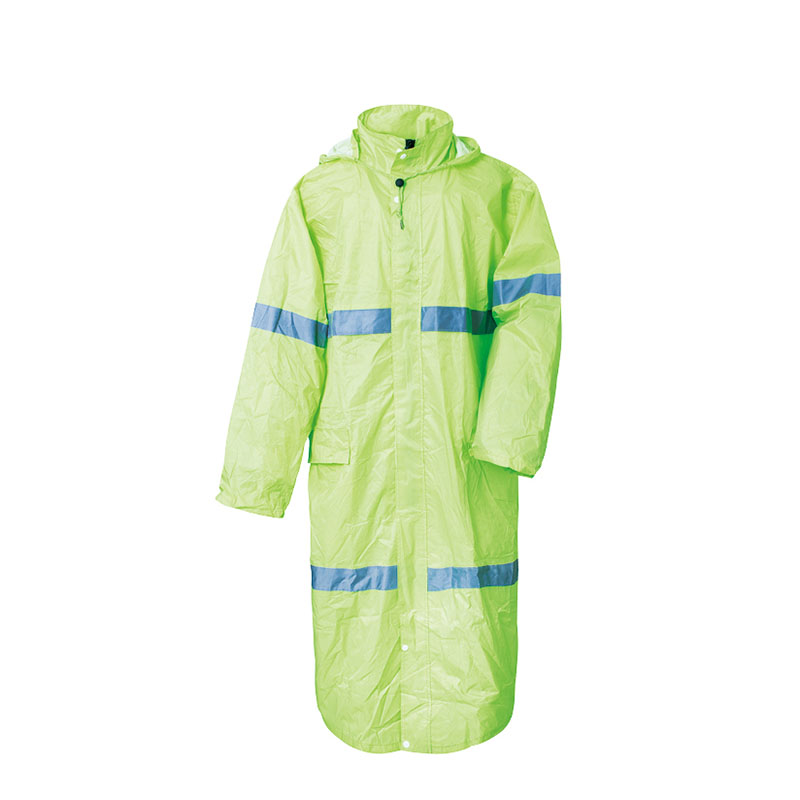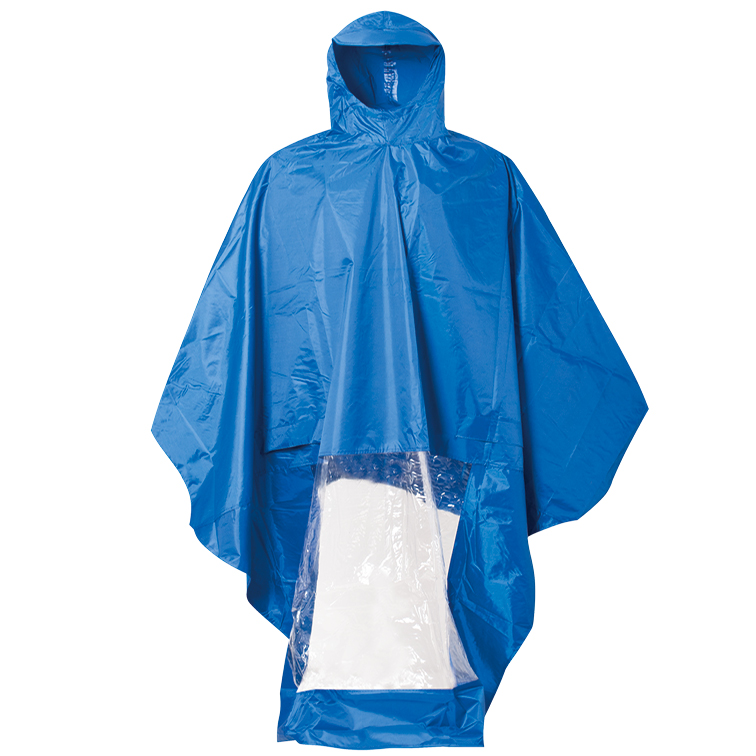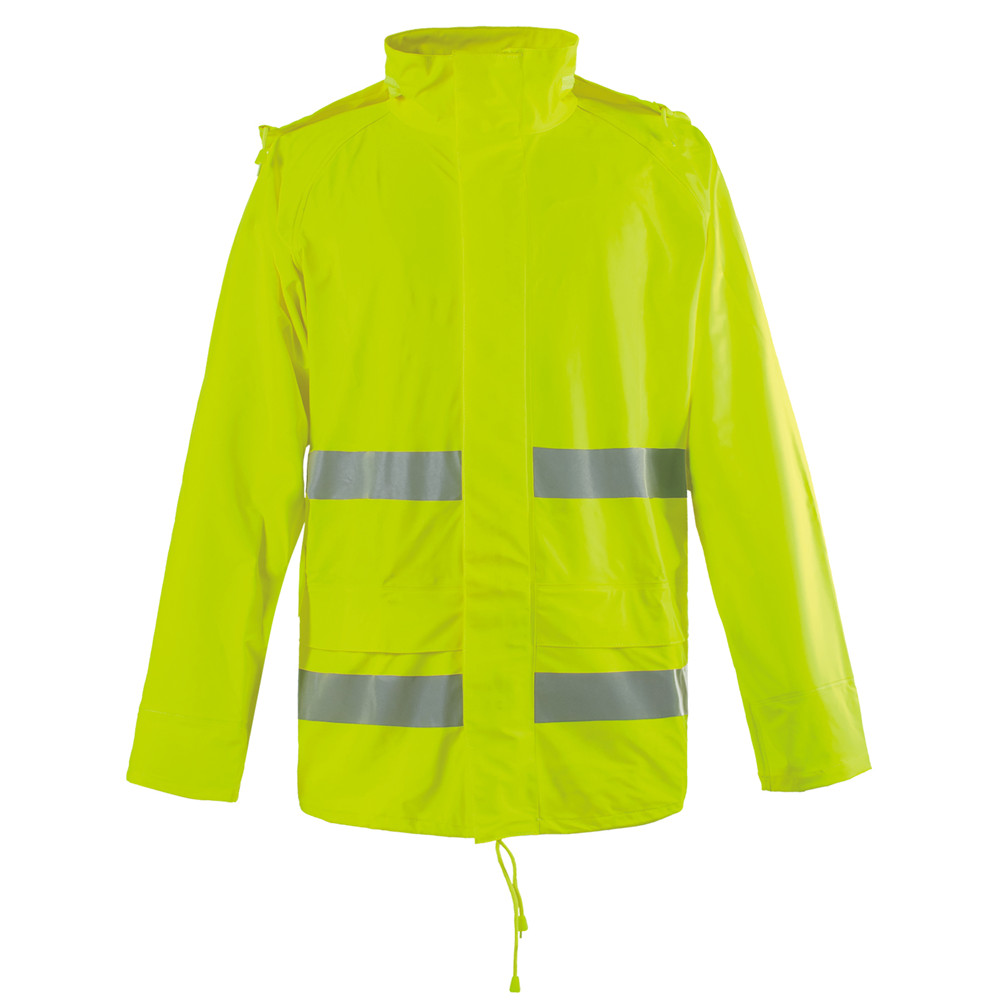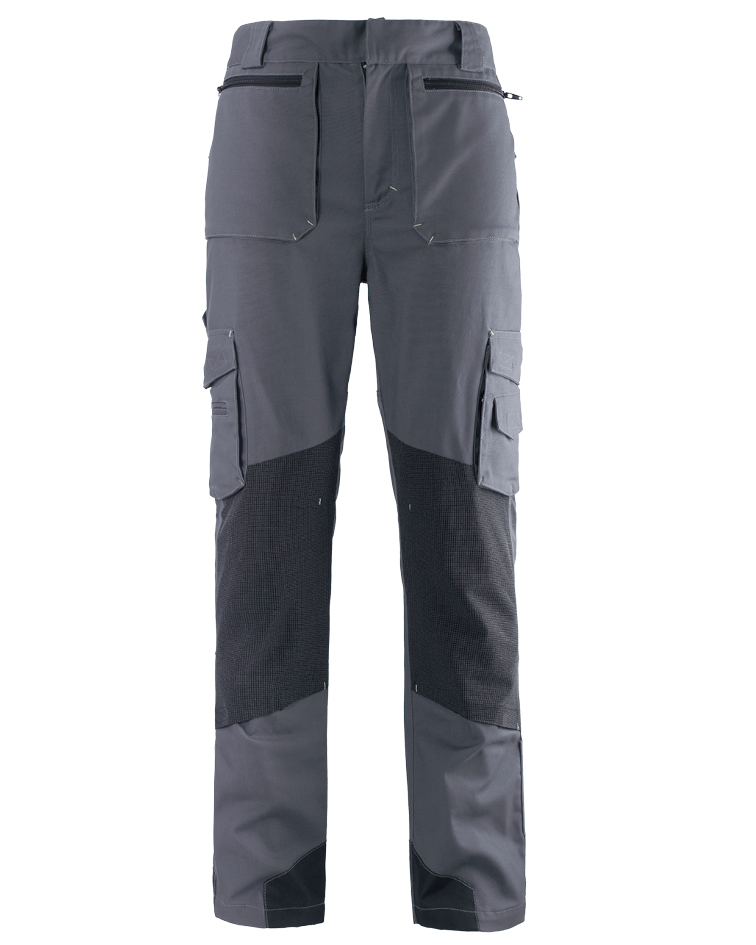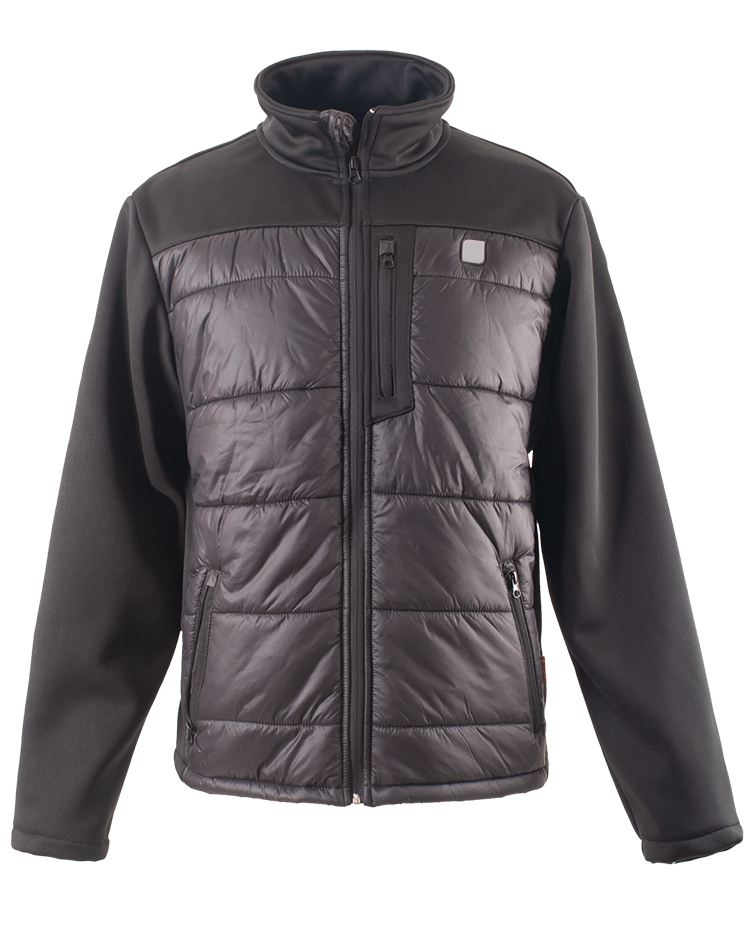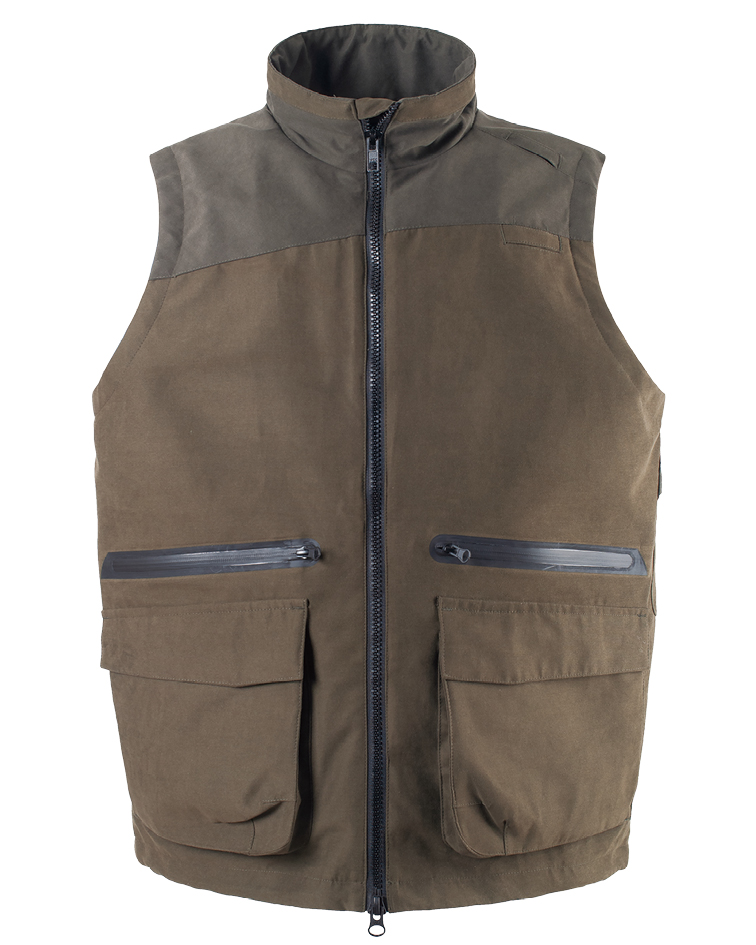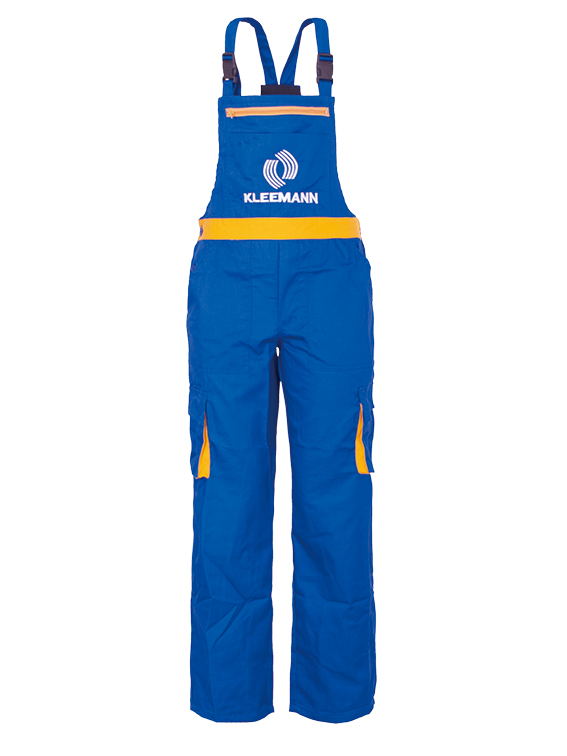Dear customers and friends:
Security-grade comfort meets style: the quiet rise of flannel-feel polos
If you’ve ever wondered why uniform buyers keep asking for flannels polo shirts, you’re not alone. The brief is simple: the authority of a uniform, the comfort of brushed cotton, and zero fuss during long shifts. That’s exactly where the SECURITE POLO SHIRT DM602 lands—built for security teams that move, breathe, and still need to look sharp at 03:00. To be honest, it’s the kind of garment that sounds boring on paper until you touch it.
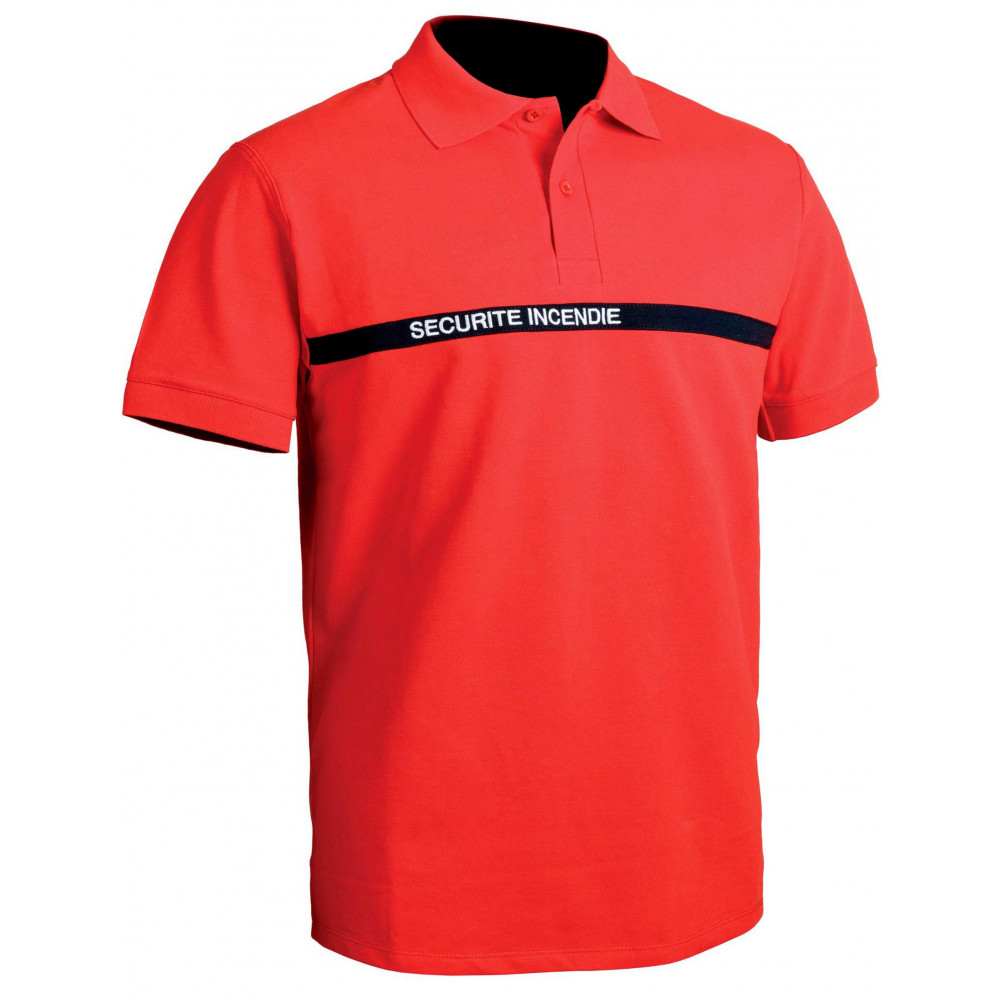
What it is (and why it’s different)
Officially, it’s the SECURITE POLO SHIRT DM602, made from premium 100% cotton. Unofficially, it sits in that sweet spot many customers say feels “flannel-adjacent” without being heavy. The fabric is combed cotton pique—breathable, durable, and surprisingly soft after a couple of washes. Unlike casual polos, the DM602 keeps a crisp line and doesn’t wilt under radios, body cams, or duty belts. Origin: 14/F., Yisheng Building, No.68 West Heping Road, Shijiazhuang, China.
Product specifications (typical values)
| Model | SECURITE POLO SHIRT DM602 |
| Fabric | 100% combed cotton pique, ≈210–230 gsm |
| Construction | Rib collar with anti-roll, reinforced 3-button placket, double-needle hems |
| Colorfastness | Grade 4 to washing (ISO 105-C06), Grade 4 to rubbing (ISO 105-X12) |
| Shrinkage | ≤3% after 5 cycles (AATCC 135), real-world use may vary |
| Pilling | ISO 12945-2 Grade 4 |
| Sizes | XS–5XL (custom sizing on request) |
| Service life | ≈12–24 months in daily duty cycles, depending on care |
Process, testing, and compliance
Materials: long-staple combed cotton. Methods: single-dyed, enzyme wash, preshrunk, precision cut, embroidery-ready. Tests include dimensional stability (AATCC 135), colorfastness (ISO 105), air permeability (ASTM D737), and seam strength checks. Certifications available: OEKO-TEX Standard 100 on fabrics; factory quality systems align with ISO 9001. Needle detection and random sampling are used to keep uniforms field-safe. I guess that sounds intense for a polo—because security work is.

Use cases and field notes
- Venue and stadium security (radio-friendly collar, clean silhouette on camera)
- Retail loss prevention, hospitality, campus safety, transit operators
- Cooler climates where teams ask for flannels polo shirts feel without bulk
Customer feedback: “zero collar curl after six months,” “embroidery kept edges crisp,” and “cool enough indoors, not flimsy outdoors.” It seems that the fabric balance actually works.
Vendor snapshot (real-world buying considerations)
| Vendor / Model | Fabric & GSM | Breathability | Shrinkage | Certs | MOQ / Price |
|---|---|---|---|---|---|
| Dellee DM602 | 100% cotton pique, ≈210–230 gsm | High (ASTM D737 lab data) | ≤3% (AATCC 135) | OEKO-TEX fabric, ISO 9001 factory | Low / Mid-range |
| Generic Pique Polo | Cotton-poly blend, ≈180 gsm | Medium | ≈5–7% | Varies | Low / Budget |
| Budget Synthetic Security Polo | 100% polyester, ≈200 gsm | Medium–High | Minimal | Few | Very Low |
Customization and options
Embroidery or heat-transfer badges, reflective wording, sleeve or chest logos, pocket add-ons, long-sleeve variant, and colorways (black, navy, dark grey; hi-vis panels on request). Some buyers request an even softer, brushed hand to mimic flannels polo shirts for colder posts—ask about fabric finishing options.
Quick case study
A regional stadium group rolled out 1,200 units for stewards and control-room staff. After three months, repair tickets dropped ≈22%, collar curl complaints fell to near-zero, and embroidered crests maintained edge definition better than their previous blend polo. Not a miracle—just good fabric and smarter stitching.
Bottom line
If your team keeps asking for the comfort people attach to flannels polo shirts, but you still need professional lines and predictable laundering, the DM602 hits the balance with fewer trade-offs than most.
- ISO 105-C06: Tests for colour fastness to domestic and commercial laundering, International Organization for Standardization.
- AATCC 135: Dimensional Changes of Fabrics after Home Laundering, American Association of Textile Chemists and Colorists.
- ASTM D737: Standard Test Method for Air Permeability of Textile Fabrics, ASTM International.
- OEKO-TEX Standard 100: Harmful substance limits for textiles in contact with skin.
Post time: Oct . 16, 2025 12:50

